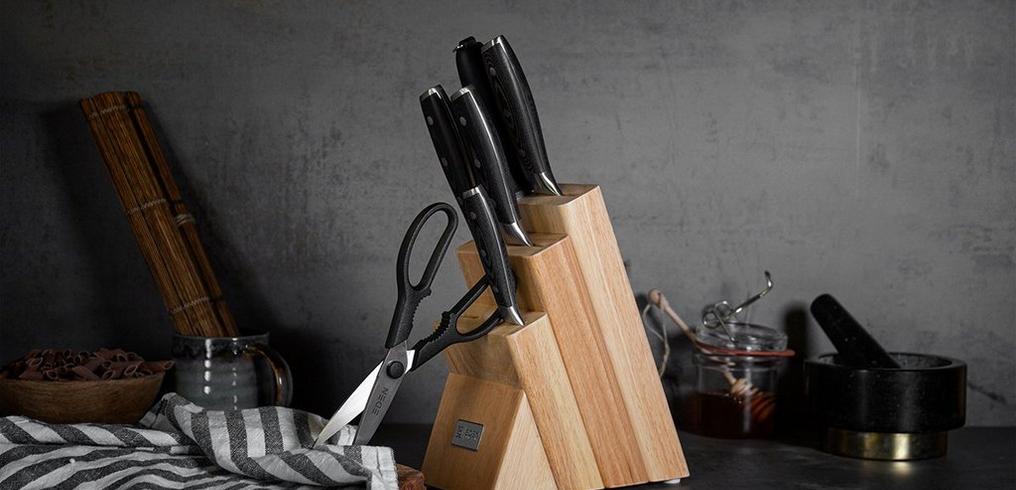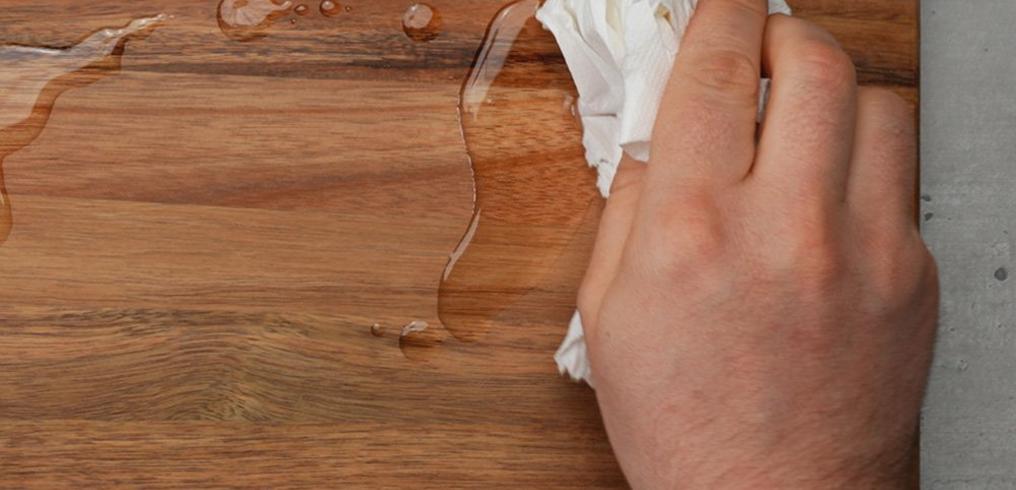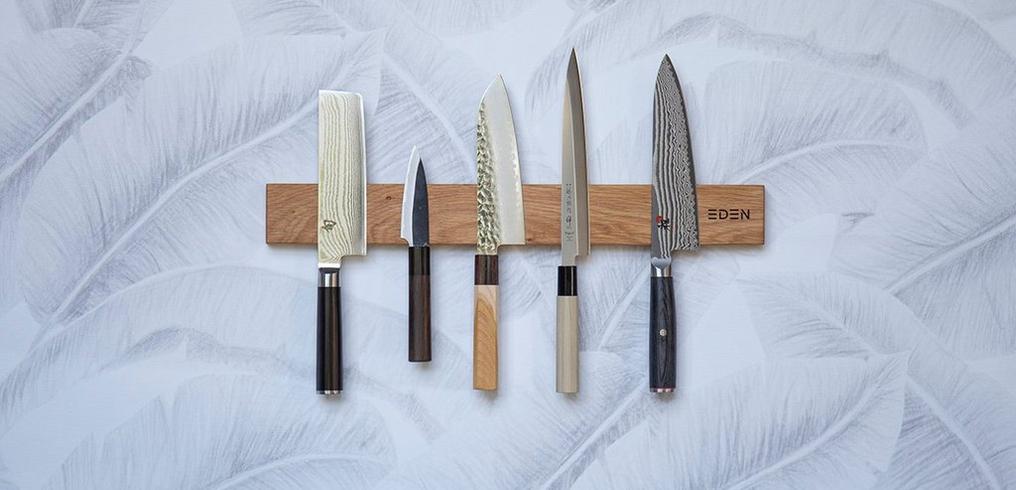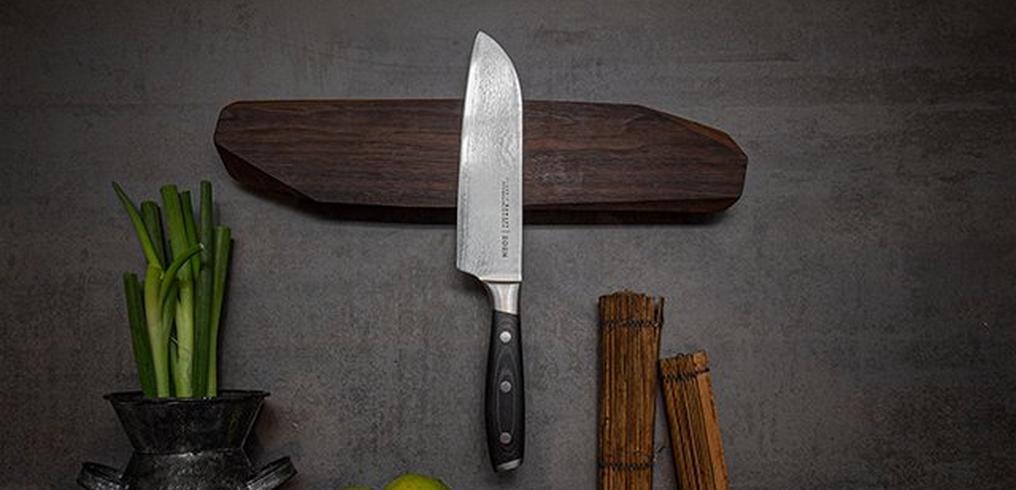The advancement of AUS-10 steel
In the world of steel there are a couple types of steel practically everyone knows. If you checked out the page featuring the types of steel used for kitchen knives you probably recognized a couple of them. A type of steel which, until only recently, was relatively unknown in the industry is AUS-10. This type of steel is produced by Aichi Steel, from the Japanese city of Tokai. AUS-10 is, because of the high-carbon content, by far the strongest type within the AUS-series.
Even though AUS-10 is still relatively unknown it is definitely not unloved. Leading brand Sakai Takayuki, for instance, has enhanced its 45-layer Damast-collection with this type of quality steel. These stunning knives are absolutely amazing to work with. Why? The 60 HRC knives are rock-solid. As a result the edge is easier to sharpen and will retain its sharpness well.
Hard but flexible
The hardness of AUS-10 steel is mostly caused by the incredibly high carbon-content of approximately 1.05. As a result the knives can easily be sharpened leaving you with razor-sharp results. This, however, also means that the knives are relatively fragile. For that reason a specific amount of nickel, manganese and silicon is added to the AUS-10 to improve the ductility and elasticity of the material.
Carbide formation
The vanadium element also contributes to this. In addition, it is a strong carbide shaper. Carbides are combinations of carbon and other substances, such as vanadium, but also, for instance, chrome, molybdenum and nickel. The connection between these substances can only emerge when they are exposed to very high temperatures for a long period of time.
Knives with a higher number of carbides can often be sharpened a lot sharper than knives with a smaller amount of larger carbides. When sharpening edges with coarse carbides you run the risk of breaking the carbides instead of sharpening them. This could leave you with (small) serrations in the edge. When you are dealing with fine, tightly compressed carbides this won’t happen.
Sharpening AUS-10 steel
In addition, the combination of vanadium, chrome and molybdenum also ensures that the steel is corrosion and wear and tear resistant. AUS-10 knives will, as a result, not be prone to rust and also don’t need to be sharpened frequently.
If your AUS-10 steel knives did get blunt over time you also need different sharpening materials. We, for instance, do not recommend using a pull through sharpener. You could, however, use coarser sharpening stones then if you were using knives with steel comprised of coarser carbides. This is an advantage when you have a blunt knife and a sharpening stone with a high grain size is no longer sufficient. In our info topic you can read more about sharpening knives.
All in all we can conclude that in the future we will probably hear a lot from AUS-10 steel. It is strong, relatively tough, it can handle rust and wear and tear and can easily be sharpened. Excellent qualities, if we might say so ourselves, to be considered top-quality knife steel!

?%24center=center&%24poi=poi&%24product-image%24=&fmt=auto&h=490&poi=%7B%24this.metadata.pointOfInterest.x%7D%2C%7B%24this.metadata.pointOfInterest.y%7D%2C%7B%24this.metadata.pointOfInterest.w%7D%2C%7B%24this.metadata.pointOfInterest.h%7D&scaleFit=%7B%28%24this.metadata.pointOfInterest%29%3F%24poi%3A%24center%7D&sm=c&w=1016)





